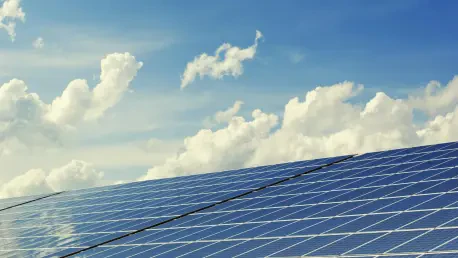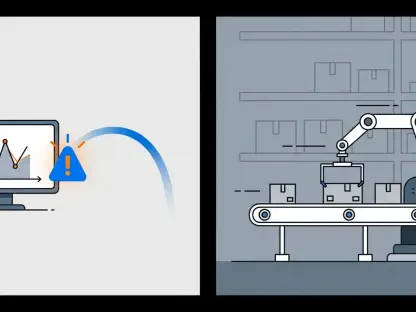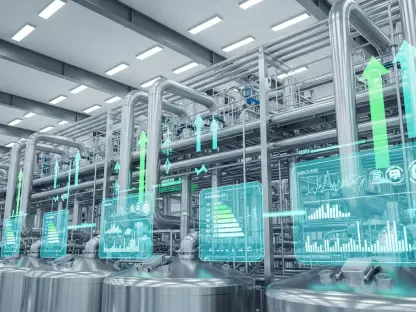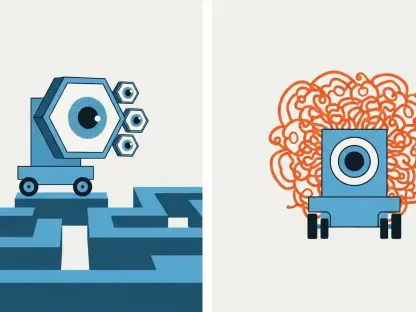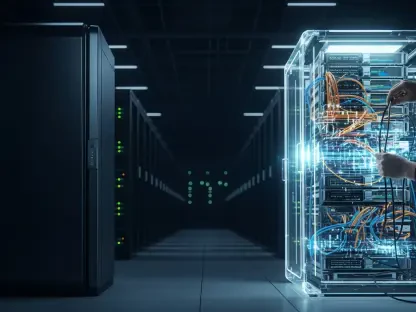Allow me to introduce Laurent Giraid, a distinguished technologist with deep expertise in artificial intelligence, focusing on machine learning, natural language processing, and the ethical implications of AI. Today, we’re diving into his insights on a groundbreaking AI-based method developed to optimize photovoltaic-battery storage systems for solar power. Our conversation explores the inspiration behind this innovation, the challenges of imbalance penalties in the electricity market, the power of deep reinforcement learning in managing uncertainties, and the impressive results this approach has achieved in reducing penalties and ensuring stable profits.
What sparked the idea to develop an AI-based method for optimizing solar power and battery storage systems?
The inspiration came from the urgent need to address inefficiencies in renewable energy systems, particularly solar power, which is heavily influenced by unpredictable weather. The team recognized that traditional methods struggled to adapt to real-time changes and market dynamics. We saw an opportunity to leverage AI, specifically deep reinforcement learning, to create a smarter, more adaptive solution that could handle these uncertainties and improve overall performance.
Can you explain what imbalance penalties are in the electricity market and why they’re such a significant issue for solar power producers?
Imbalance penalties are fees imposed when the actual electricity generated deviates from the planned output submitted to the market a day in advance. For solar power producers, this is a major challenge because weather fluctuations can cause unexpected drops or surges in generation. These penalties can eat into profits and make operations less viable, especially in markets with strict supply-demand balance requirements.
How does your AI approach using deep reinforcement learning stand out compared to traditional methods for managing solar power systems?
Traditional methods often rely on static models or basic algorithms that can’t fully account for real-world uncertainties like sudden weather shifts or complex market rules. Deep reinforcement learning, on the other hand, learns from experience and continuously adapts its strategies. It’s like teaching a system to think ahead and adjust on the fly, which makes it far more effective at optimizing energy storage and minimizing penalties.
Your research showed a remarkable 47% reduction in imbalance penalties compared to conventional methods. How did you achieve such a dramatic improvement?
The key was designing an AI model that could predict and respond to discrepancies between planned and actual output with high accuracy. By training the system on real market data and simulating various scenarios, we enabled it to make smarter decisions about when to store or release energy from batteries. This proactive approach significantly cut down on imbalances, leading to that 47% reduction.
You also achieved a 26% reduction in penalties compared to other deep reinforcement learning models. What made your model more effective than those alternatives?
Our model was fine-tuned to handle specific challenges in the solar energy context, such as integrating detailed weather data and market rules into the learning process. We also optimized the reward structure in the algorithm to prioritize long-term stability over short-term gains, which gave us an edge over other AI models that might overreact to temporary fluctuations.
Why is maintaining stable profits across all four seasons so important for solar power producers, and how did your method ensure this consistency?
Stability is crucial because solar power output naturally varies with seasonal changes—think shorter days in winter or cloudier periods in fall. Unstable profits can deter investment and make operations unpredictable. Our method used AI to anticipate these seasonal patterns and adjust battery usage accordingly, ensuring a steady balance between generation and market commitments year-round.
Looking ahead, what is your forecast for the role of AI in transforming renewable energy systems over the next decade?
I’m incredibly optimistic about AI’s potential to revolutionize renewable energy. Over the next decade, I expect AI to become a cornerstone in managing not just solar, but also wind and other distributed energy resources. We’ll likely see systems that aggregate household batteries and electric vehicles into virtual power plants, stabilizing grids and reducing costs. The focus will be on scalability and accessibility, ensuring that even smaller producers can benefit from these intelligent tools to create a more resilient and sustainable energy future.
